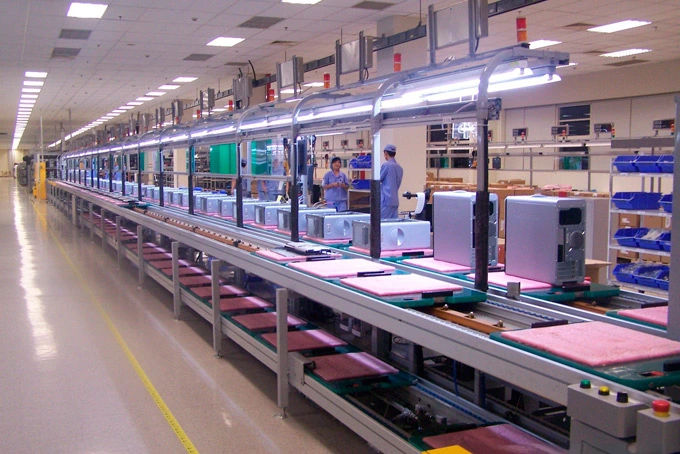Inductors are fundamental components in electronic circuits, essential for tasks such as filtering, impedance matching, and energy storage. With a variety of inductor types available, choosing the right one for your circuit can feel overwhelming. This guide outlines the critical factors to consider during the selection process, empowering you to make well-informed decisions for your circuit design.
Air core inductors, which lack a magnetic core, are typically used in high-frequency applications due to their minimal magnetic interference.
Ferrite core inductors, featuring a magnetic core, enhance inductance and are widely used in power supplies and filtering circuits.
Iron core inductors, with cores made of iron, are suited for high-current applications where robust performance is needed.
Toroidal inductors, characterized by their doughnut-shaped core, are ideal for scenarios requiring high inductance values.
Lastly, chip inductors are compact surface-mount devices that deliver high inductance in a small footprint, making them perfect for space-constrained designs.
Selecting an inductor involves evaluating several critical factors to ensure compatibility with your circuit's requirements. The inductance value, which can range from a few nanohenries (nH) to several henries (H), must align with your application's needs to achieve the desired performance. The inductor's current rating should be sufficient to handle the maximum current your circuit demands, preventing overheating or failure. Additionally, the inductor must operate effectively within the frequency range of your application, as performance varies across frequencies. The DC resistance of the inductor is another important consideration, as it impacts the circuit's overall efficiency by affecting power loss. Physical size is crucial, especially in compact designs, so the inductor must fit within your design's spatial constraints. The operating temperature range of the inductor should also match the environmental conditions of your application to ensure reliable performance. Finally, consider the cost and availability of the inductor, including potential lead times, to avoid delays or budget overruns.
Beyond the primary factors, several other aspects can influence your inductor choice. The saturation current, which indicates the point at which the inductor's performance degrades due to excessive magnetic flux, should be evaluated to maintain circuit reliability. Shielding is another important factor, as it affects the electromagnetic compatibility (EMC) of your design by reducing interference with other components. Additionally, the mounting type—whether through-hole or surface-mount—must be compatible with your circuit's assembly process to ensure ease of integration.
Selecting the appropriate inductor for your circuit demands thoughtful consideration of multiple factors. By understanding the characteristics of different inductor types and evaluating key parameters such as inductance value, current rating, frequency range, DC resistance, size, temperature range, and cost, you can identify the best inductor for your design. Additional considerations like saturation current, shielding, and mounting type further refine your choice, ensuring optimal circuit performance. A well-chosen inductor enhances the efficiency and reliability of your electronic design, paving the way for successful project outcomes.
For a variety of applications, ferrite core inductors provide high inductance values and are versatile enough to suit numerous circuit designs. Chip inductors, designed as surface-mount components, offer high inductance in a compact form, ideal for modern, space-saving electronics. Toroidal inductors, with their distinctive doughnut-shaped core, excel in applications requiring substantial inductance, delivering robust performance where high inductance is critical.
